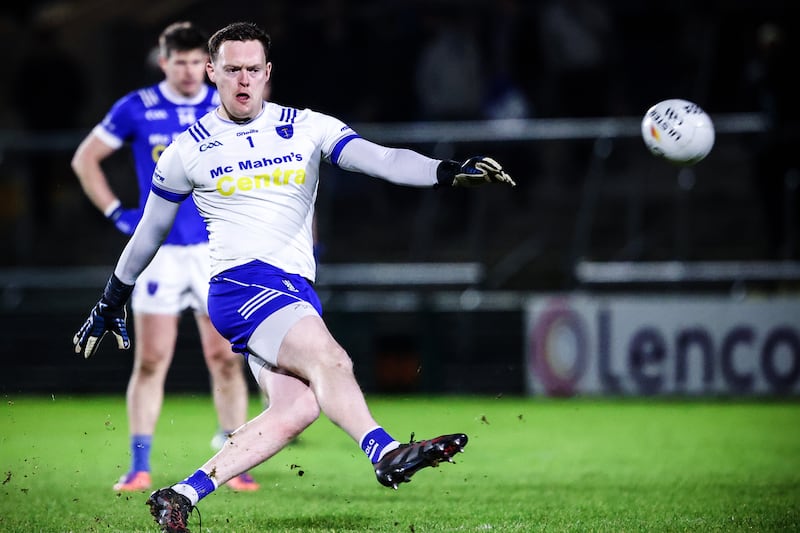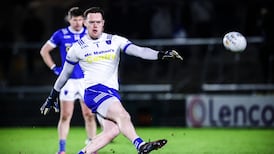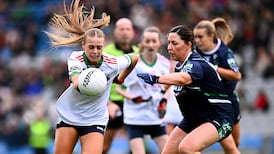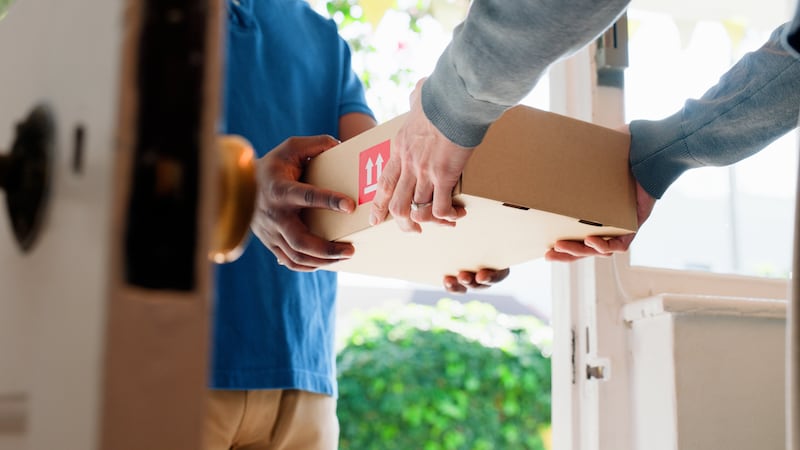RTÉ were on strike for the 1980 FA Cup final. I remember because there were no other channels on our television. BBC and ITV were available in Cork but only with a dodgy aerial and a kidnapped signal.
My late Aunt Phil was a football lover and she recognised the seriousness of the situation. The Ardmanning House pub were showing the match, and though they weren’t trawling for our custom we came up in their nets.
I didn’t care for either Arsenal or West Ham, but that wasn’t the point. A live sports event on television was an event in itself.
Less didn’t feel like more. We were absolutely certain we wanted more. But back then, nobody knew what more would become, or that it might be too much.
Scotstown finally win their Ulster title on the back of a phenomenal Rory Beggan display
Kilkerrin-Clonberne make it five-in-a-row thanks to third-quarter scoring blitz
Cavan’s Knockbride secure historic win in convincing fashion at Croke Park
GAA previews: Last silverware of the year to be decided in seven finals
We all know what we’ve gained in the decades since then: the access, the choice, the convenience, the daily smorgasbord of live sports events from all over the world. NFL from teatime until the dead of night, football at all hours, rugby from two hemispheres and a variety of time zones, horse racing round the clock, GAA matches 12 months of the year, golf all day and half the night: you name it, live, available, yours, on demand.
Sky Sports have launched a dedicated tennis channel which promises to show 4,000 matches this year. They have also announced that over 1,000 football league games will be broadcast next season. Pause on those numbers for a second: is that a promise or a threat?
On another frontier, the new format for the Champions League next season means that the number of games will increase from 125 to 189. Depending on your subscription package most of those matches will have squatter’s rights on your TV.
Sport on television now operates on the commercial principle of an all-you-can-eat buffet: you never think you can have too much until you start stuffing your face.
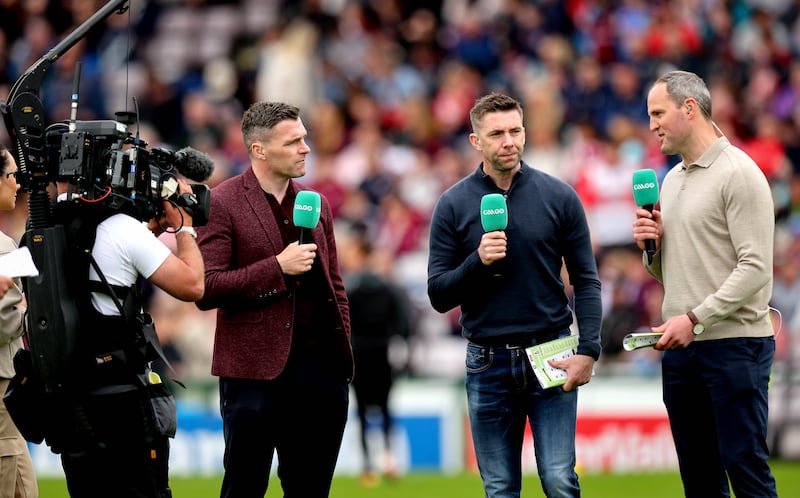
In this feeding frenzy, the GAA is trying to hold a place at the table. For an organisation that promotes indigenous sports and with an extremely limited array of potential broadcast partners, the GAA is faced with a tricky balancing act.
The GAA needs the exposure and the income from its media partners, and its audience not only needs the access but feels entitled to it. The exact location of the sweet spot is the subject of much shouting and roaring.
In different ways the GAA has grappled with this problem for decades. Going back as far as the introduction of live radio commentaries in the late 1920s, the GAA was conflicted about its interaction with the broadcast media.
“There were some within the Association who believed the advent of live radio commentary would ruin attendances at matches,” wrote the historians Mike Cronin, Mark Duncan and Paul Rouse in The GAA: A People’s History.
When the McNamee Commission produced its long and granular report on the state of the GAA’s affairs in 1971 they were pointedly sceptical about the GAA’s relationship with television.
“TV coverage has been a very important factor in the fall-off of spectator support,” concluded the commission in its report. “We recommend that live TV coverage of the All-Ireland semi-finals and provincial finals should not be allowed.”
However, by 2002, the next time that the GAA conducted an internal review on that scale, Peter Quinn’s committee had some prescient remarks to make.
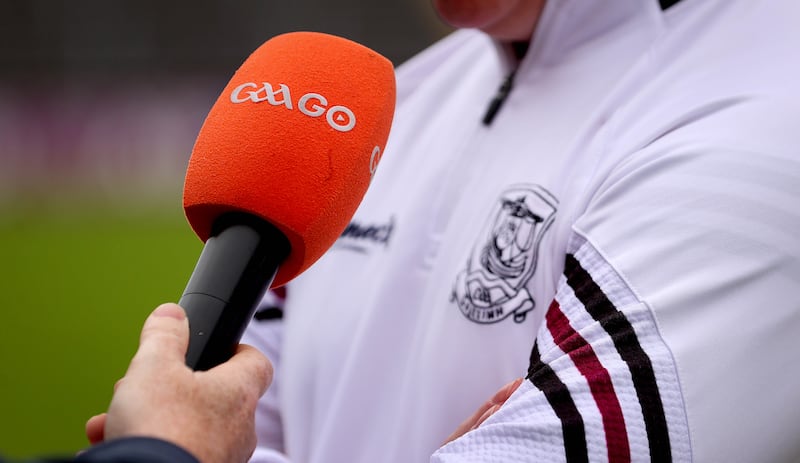
“The advent of digital platforms has the capacity to change the existing television environment,” it said. “The potential for developing additional revenue streams should be explored.”
Back then GAAGo wasn’t even a twinkle in a marketing executive’s eye. Now, it is a swaying rope bridge, taking the GAA to its digital future – the place where all media is huddled against the wind.
In the commercial arena of sport on television the all-you-can-eat buffet is the only show in town. In order to compete the GAA needed to put itself in that space. Nobody wants to know why a sports event is not available to watch. They expect to see it, no questions asked.
Sky Sports has been around for so long now that, for homes that can afford the cost, it has become another monthly, domestic, household bill, like electricity or bins. In the furious arguments that followed the GAA entering a partnership with Sky a decade ago, it’s paywall was heavily stigmatised. In the feverish public discourse around GAAGo, however, the paywall has been weaponised.
In a public relations sense the GAA cannot win this argument. They can explain the commercial imperatives and touch on the nuances of the rights distribution deals, but when the public is up in arms about a spectacular match being played out on a streaming service that may or may not be compatible with their TV or quality of broadband, the public at large is deaf to the explanation. Politicians are intimate with this dynamic; it is extremely difficult to reason with anger.
If GAAGo didn’t exist, RTÉ might have more than their current ration of 31 games free-to-air, but not many more. Would they make more judicious choices about the games they show? Absolutely. Would that satisfy everyone’s tastes and wishes? Not a chance.
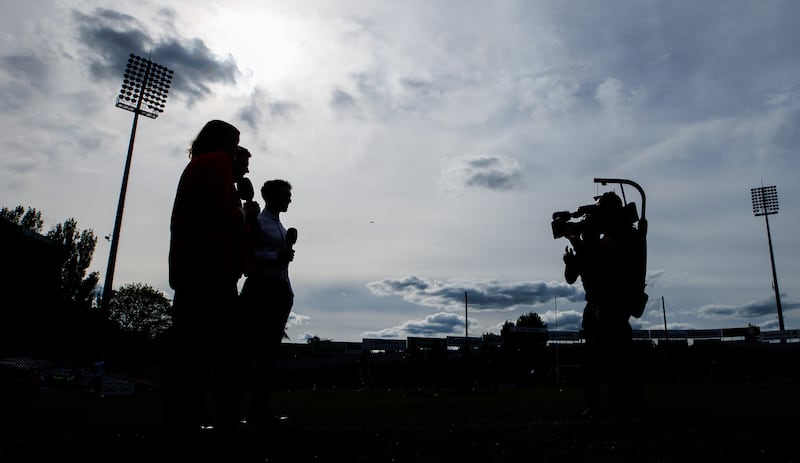
One of the biggest problems for the GAA is that the other big free-to-air option in the domestic television market is not equipped to provide an outside broadcast service comparable to RTÉ or GAAGo. For its large output of international rugby and soccer and European club football, Virgin Media Television imports a packaged feed.
If, as reported last week, their interest in returning to the GAA market was rejected when Sky Sports walked away, how many games would they have had the wherewithal to show? Just a fraction of the 38 games on GAAGo’s schedule.
To compete at the all-you-can-eat buffet the GAA needs a streaming service. Ideally, that should be the third string in their suite of broadcast partners. For reasons that have been explained before, and nobody cares about now, that is not the case.
GAAGo will continue. The scrutiny will carry on. The complaining will return on a loop. The GAA will stick it out. The explanations will fall on deaf ears.
And, once-in-a-while, the matches behind a paywall will be so spectacular that it will make people swear never to subscribe. Is that how it should work?


